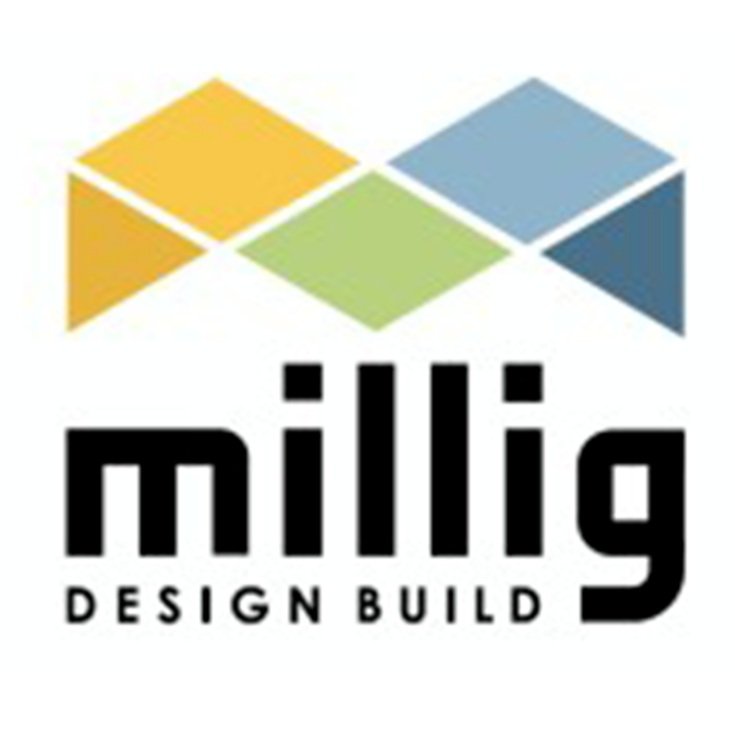
By Millig Design Build
How Design-Build Differs from CMAR
In the world of construction, two heavyweight project delivery models stand tall — Design-Build (DB) and Construction Manager at Risk (CMAR). Both of them, in their unique ways, increase collaboration and lower project risk, ensuring that the path from concept to completion is smooth and efficient. However, DB outshines CMAR in a number of ways. Let’s explore why.
The CMAR Model: Early Involvement, Divided Accountability
The Construction Manager at Risk (CMAR) model is all about early contractor involvement and valuable insights into constructability. The contractor becomes part of the design process from the get-go, working closely with the architects and engineers to streamline the building process.
But, while early contractor involvement is an advantage, CMAR bears a resemblance to the traditional Design-Bid-Build model in one significant aspect — divided accountability. The engineers create the design, and the construction professionals execute it, each operating in their separate spheres.
The engineers operate under the Standard of Care principle, meaning their designs should function as anticipated. Yet, they do not assert their specifications to be error-free. On the other hand, the contractors focus on building the project according to these design plans.
This division creates a precarious situation where the project owner often has to mediate if the installed solution doesn't function as intended. The result? Potential delays, increased likelihood of change orders, and a breeding ground for finger-pointing.
The Design-Build Difference: Unified Collaboration, Enhanced Accountability
In contrast to CMAR, the Design-Build approach simplifies this by bringing all parties under one umbrella. At Millig Design Build, our team of engineers, construction contractors, and commissioning agents work hand in hand from the beginning, ensuring a seamless transition from concept to execution.
This unification of roles guarantees the completed facility retrofit will function as expected. If any issues arise, as your Design-Builder, we are contractually obligated to rectify them. This extends to any overlooked scope within the estimate, which will be incorporated at no extra cost to you.
According to the Design-Build Institute of America, "Design-Build projects are 1.9% less expensive than CMAR on a cost-per-square-foot basis."
The Power of Design-Build: Unrivaled Collaboration and Efficiency
The primary strength of the Design-Build delivery model is the transformation it brings to the relationship between owners, designers, and builders. It evolves into a powerful alliance that encourages collaboration, accountability, and teamwork. This single-responsibility approach ensures seamless, efficient coordination and guarantees of all project outcomes.
The Design-Build Distinction: Procurement vs. Delivery
For public entities where Design-Build procurement may not be an available option, it's crucial to understand that Design-Build procurement and Design-Build delivery are two separate entities.
At Millig Design Build, we offer a unique solution — you can procure our services under an Energy Savings Performance Contract. We then execute your project in a turnkey manner under the reliable Design-Build project delivery model.
OUR SOLUTIONS
Heating, ventilation, and air conditioning
Smart meters and building controls
On-site solar and other renewable energy systems
LED lighting retrofits
Building envelope improvements
Water systems
CHP-Cogeneration
And more
CONTACT US

